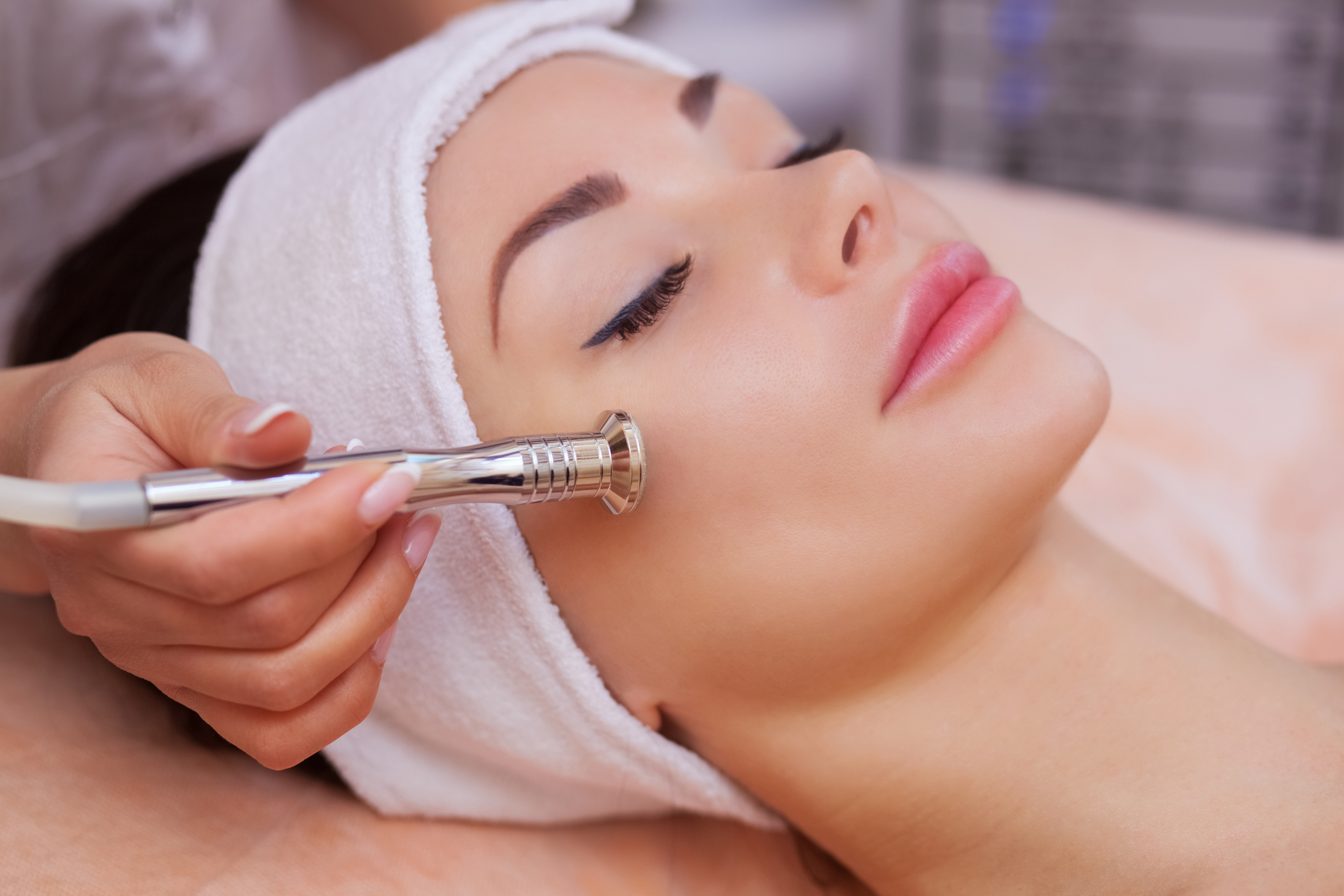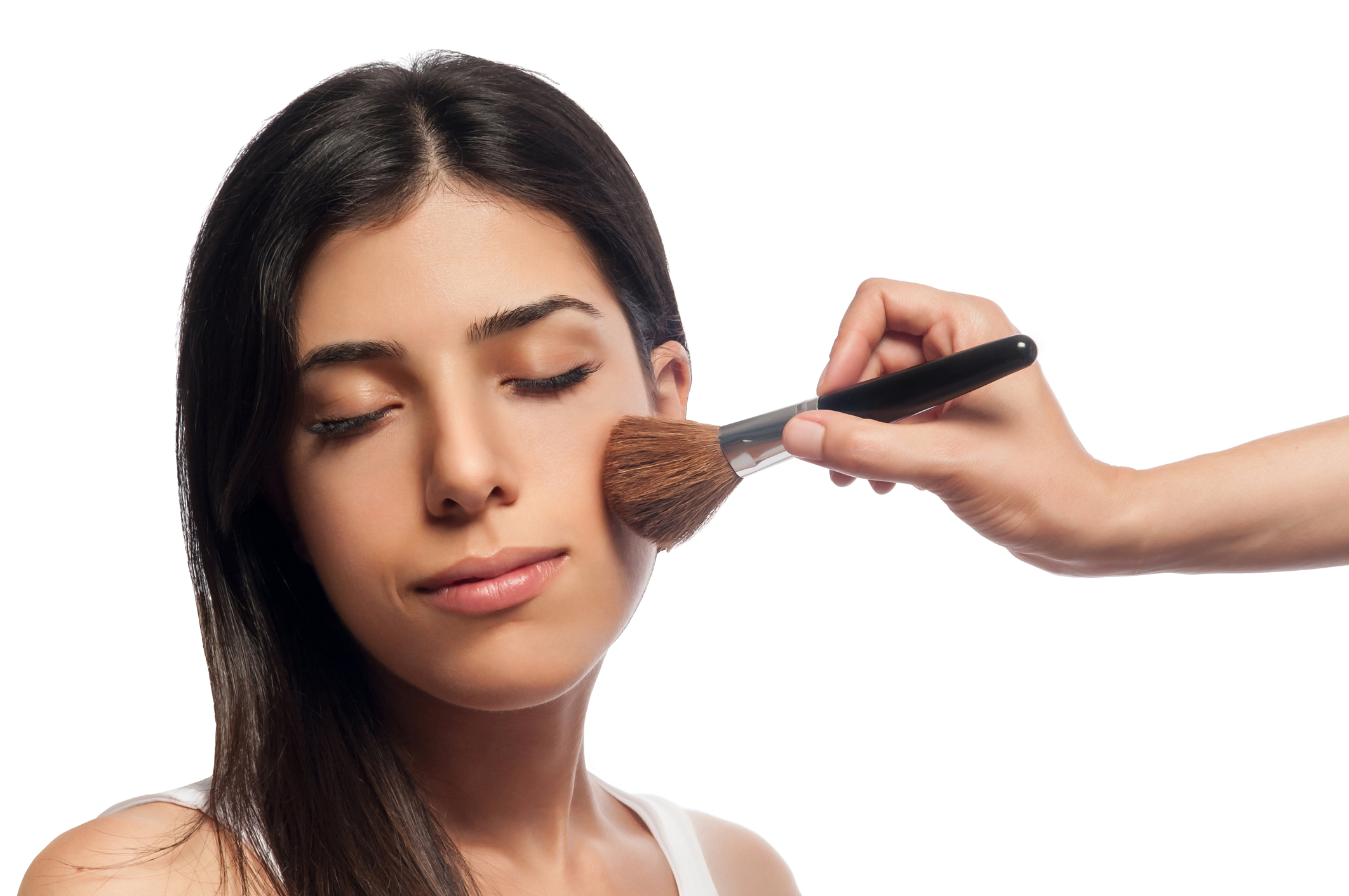Top Five Myths and Facts: Demystifying the Harmlessness of Hyperpigmentation
Hyperpigmentation, often mistaken as a harmless skin condition, is characterized by darkened patches on the skin. This appearance is due to excess melanin- the brown pigment that produces normal human skin color. Conditions such as sun damage, inflammation, or other skin injuries can increase melanin production, and individuals across various age and gender groups can get affected.
Myth 1: Hyperpigmentation Only Occurs Due to Sun Exposure

Contrary to popular belief, hyperpigmentation is not solely a sun-induced problem. In fact, several factors lead to hyperpigmentation. Hormonal changes, skin injuries, inflammations, acne, and certain medications can trigger hyperpigmentation. Therefore, while protecting your skin from the sun is crucial, it's vital to know other contributing factors to effectively control this condition.
Fact 1: Genetic Predisposition Influences Hyperpigmentation

Genetic factors significantly influence the incidence of hyperpigmentation. If a close family member has experienced this condition, it increases your chances of developing it. It highlights the necessity of considering your family's skin health history when formulating your skincare regimen.
Myth 2: Hyperpigmentation is an Ageing Sign

While it's true that hyperpigmentation can develop due to age-related hormonal changes, it can occur at any age. Certain forms of hyperpigmentation, such as melasma and post-inflammatory hyperpigmentation, have been observed in younger individuals.
Fact 2: Hyperpigmentation is More Likely in Darker Skin Tones

Research indicates that individuals with darker skin tones are more prone to hyperpigmentation. Skin types with higher melanin content react more aggressively to injury or inflammation, leading to more noticeable hyperpigmentation.
Myth 3: Hyperpigmentation will Eventually Fade Away without Treatment

Many people are under the impression that hyperpigmentation will fade over time without needing any treatment. This belief largely stems from the often slow, gradual onset of the condition. However, certain types of hyperpigmentation can last for several years without appropriate treatment.
Fact 3: Effective Treatment Options Exist for Hyperpigmentation

From topical creams containing active ingredients like hydroquinone, retinoids, and vitamin C to in-office procedures such as chemical peels and laser therapy, a range of evidence-based treatment options are available. Consulting with a dermatologist can help identify the most effective treatment course for each specific case.
Myth 4: Makeup can Prevent Hyperpigmentation

Applying makeup does not prevent hyperpigmentation. In fact, certain cosmetics may irritate the skin, contributing to inflammation-induced hyperpigmentation.
Fact 4: Sunscreen is Crucial for Preventing Hyperpigmentation

Sun protection is fundamental in preventing hyperpigmentation. Wearing broad-spectrum SPF sunscreen, even on cloudy days, helps minimize sun-induced hyperpigmentation.
Myth 5: Lifestyle Does not Affect Hyperpigmentation

Contrary to this myth, evidence points to an association between lifestyle and hyperpigmentation. Habits like smoking, poor nutrition, and lack of sleep can contribute to the condition's severity.
Fact 5: Healthy Lifestyle Choices can Mitigate Hyperpigmentation

Improving lifestyle habits, including having a balanced diet rich in antioxidants, maintaining hydration, getting adequate sleep, and abstaining from smoking, can positively impact hyperpigmentation. Regular exercise, likewise, promotes better circulation, thus leading to healthier skin.